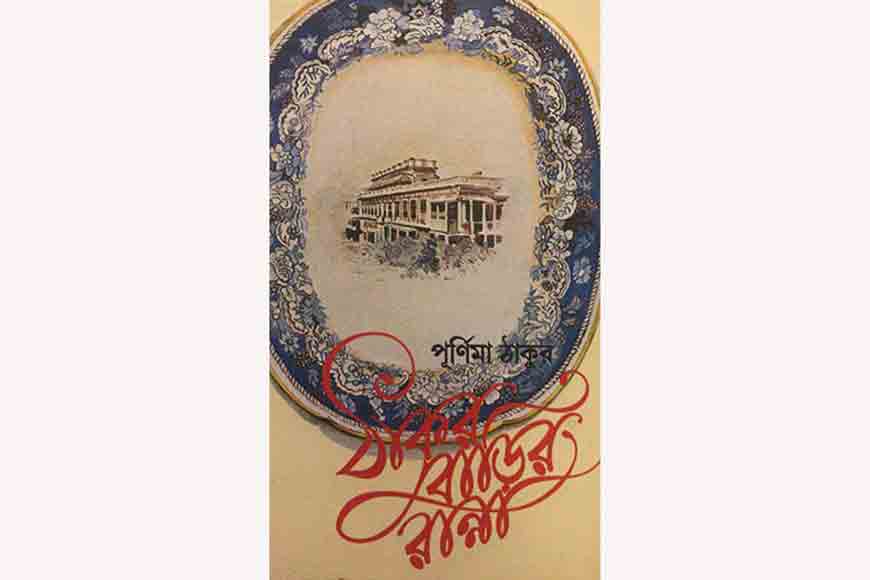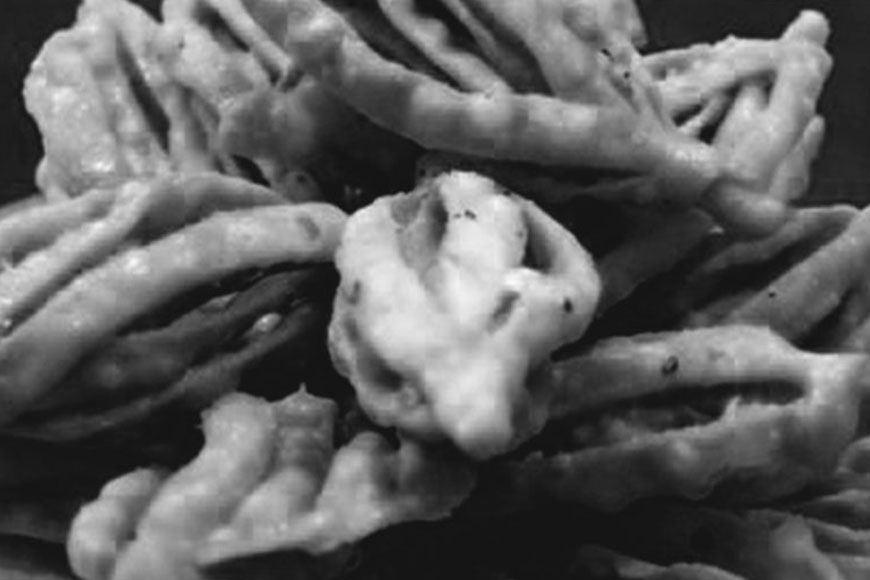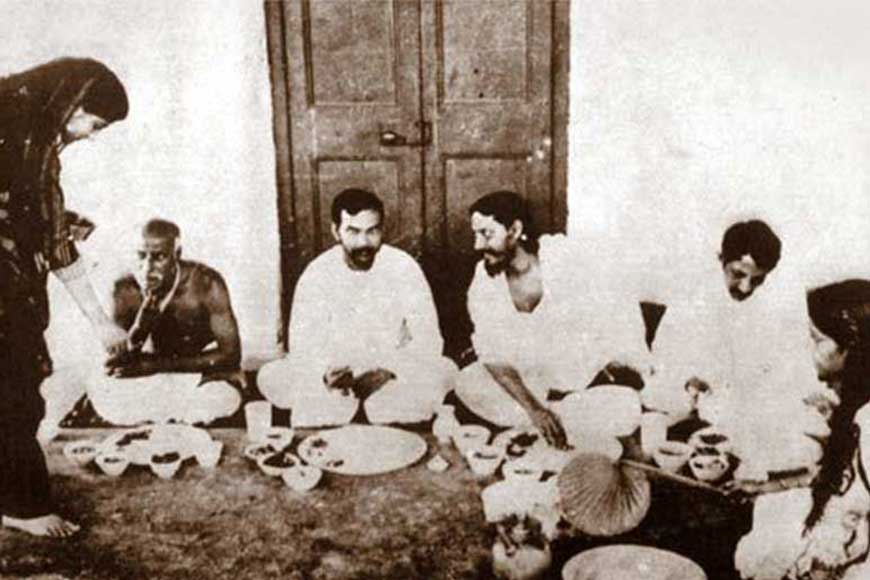Rabindranath Tagore discovered Arum Jilipi while collecting menu cards from the world over
Rabindranath Tagore, the universal poet is a vast universe himself, a microcosm of myriad facets, both known and unknown. He has voiced all human emotions – love, devotion, fears, doubts, awe, joy, sorrow….. encompassing everything that we see or feel, but lack words to express. And that includes the one activity that reigns supreme in our world and provides solace to our emotional needs – food!
Tagore was a traveller and a true food connoisseur. At the tender age of 14, he got his first exposure to the vast world outside the confines of Jorasanko when he accompanied his father, Maharshi Debendranath Tagore on his annual sojourn to the Himalayas. He was overwhelmed to witness the vast variety that existed outside his home. His senses soaked in everything, the beauty of nature, the different people, their food habits and customs. These travels increased and his boundaries kept expanding. During these numerous trips, both within the country and abroad to European and Asian countries, Rabindranath Tagore delved deep into the basic aspects of food and it turned into his hobby to collect menu cards and learn the recipes that he liked there.
 A cookbook of the Thukurbari dishes
A cookbook of the Thukurbari dishes
Apart from Mughlai, Bengal has always been influenced by European culture with the Portuguese, French and the British settling here, but an everyday Bengali henshel (kitchen) was yet to be influenced by their cuisine primarily because of the abundant use of meat and other exotic vegetables and herbs used for cooking the ‘foreign’ recipes. The non-Hindu aspect was another reason for keeping them at bay from Bengali kitchens. Tagore’s Jessore and Shilaidaha (now in Bangladesh) roots, along with Calcutta, gave him access to the best of Bengali cuisine. The Bengali cuisine is primarily divided into two basic segments – E-par and O-par Bangla and Rabindranath Tagore savoured the Bangladeshi Ilish (Hilsa) as much as he did the traditional sweets such Chandrapuli and Malpua. He was also fond of Chitol fish, moong dal, and prawn malai curry. Kebabs were amongst his favourites and he loved the Mitha Kebab, Hindustani Turki Kebab, and Chicken Nosi Kebab. He was a small eater but liked a multi-course lunch or dinner that began with Shukto and wrapped up with a ‘Mishti pan’ (a sweet preparation of betel leaf).
The ladies of Thakurbari were, like their male counterparts, always at the forefront of Bengal Renaissance, and one of their arenas was the kitchen. It is said that the ladies at Thakurbari were fantastic cooks, and Tagore always encouraged them to experiment with the recipes that he collected during his travels abroad. The khaata (book) of his collected recipes have been passed down the generations and are still preserved by the present family members.
 Elo Jhelo
Elo Jhelo
Mrinalini Devi, the poet’s wife, was a great cook. Some of her signature dishes were rice mango, chutney made of ripe pointed gourd, a mouth-watering sour dish made from aubergine, kool (berries), amla (gooseberry) and sesame. A lunch or dinner would not be over without a sumptuous serving of home-made curd and dessert, comprising sweetmeat. Mrinalini made a special kind of Gaja (deep fried fritters of flour and then sweetened with sugar syrup) which Rabindranath Tagore named Elo-jhelo and later re-named it Paribondho.
He loved to experiment with food and he was one who could easily be influenced in matters of food. We get snippets of his obsession with these experiments from Rani Chanda’s book, ‘Gurudev.’ She mentions, once a visitor told him that raw egg is best for health. He was convinced and for the next one month, he survived on raw eggs that he would sprinkle with some salt and pepper and consume religiously for breakfast, lunch, and dinner. By this time, another visitor came and convinced him that raw vegetables are more nutritious and good for health. So he switched to having raw vegetables, this time savouring with a pinch of salt and a dash of lemon. This fixation continued for a couple of weeks before finally giving it up. He even resorted to drink a tall glass of extremely bitter sherbet made of neem leaves!’
 Tagore at Shelaidaha
Tagore at Shelaidaha
In the same book, Rani Chanda mentions, Rabindranath Tagore claimed that in his youth, he used to experiment a lot with cooking and he himself invented the recipe of Jalebi from arum (kochu in Bengali), though he forgot the actual recipe. He also boasted that the Arum Jalebi was tastier than the normal Jalebis. Rabindranath in his youth was a gourmet connoisseur and an excellent host who loved to treat his guests. He was the secretary of Khamkheyali Sobha, and after each session of the meeting, the guests were served exotic foods. He was fond of Japanese tea and every time he visited Japan, he would bring trunk-full of tea from there.
Rabindranath also loved European food like the pies and the patties. And the menu that was specially laid out for the master poet by the Indian Society in London to felicitate Gitanjali’s publication in English in 1912 shows that. Roasted chicken, lamb, salmon with Hollandaise sauce along with soups, salads and dessert made up for that gala fare!
(Data taken from Rani Chanda’s book)










